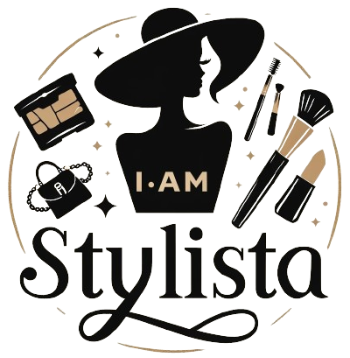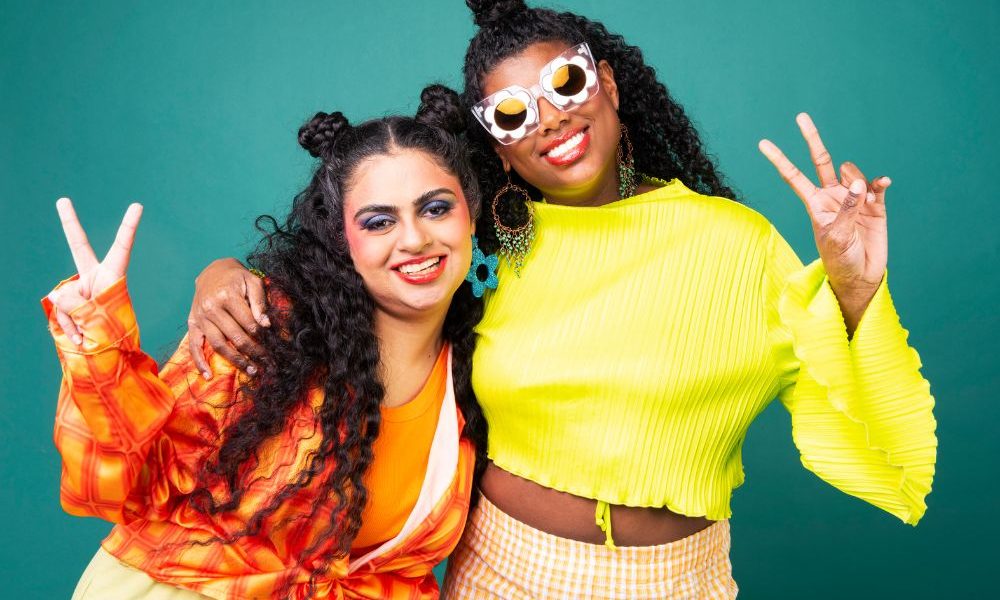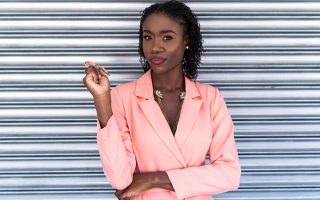Fashion isn’t just about looking good; it’s about feeling good too. The colors we choose to wear can influence our mood, how others perceive us, and even our confidence levels. Understanding the psychology of color can help you make informed decisions about your wardrobe, enhancing both your appearance and your emotional well-being. Let’s dive into how you can use colors to your advantage in fashion.
The Power of Color
Influence on Mood and Behavior
Color is a powerful communication tool and can influence mood and behavior. Leatrice Eiseman, Executive Director of the Pantone Color Institute, states, “Color is a powerful communication tool and can be used to signal action, influence mood, and even influence physiological reactions” (Source: Pantone Guide to Communicating with Color). For instance, warm colors like red, orange, and yellow can evoke feelings of excitement and energy, while cool colors like blue, green, and purple tend to promote calmness and relaxation.
Personal Anecdote: The Red Dress Effect
I remember wearing a bright red dress to a job interview. I chose red because I wanted to feel confident and powerful. The color boosted my confidence and made a positive impression on the interviewers. I ended up getting the job, and I’ve always attributed part of my success to the empowering effect of that red dress.
Choosing Colors for Different Occasions
Projecting Confidence and Power
If you want to project confidence and power, red is your go-to color. Kate Smith, Color Expert and Chief Color Maven of Sensational Color, explains, “If you want to project confidence and power, you might choose to wear red” (Source: The Ultimate Guide to Color Psychology). Red is bold and eye-catching, making it perfect for important meetings, presentations, or social events where you want to stand out.
Appearing Calm and Approachable
On the other hand, blue is ideal for situations where you want to appear calm and approachable. Blue is often associated with trust and reliability, making it a great choice for everyday wear, work environments, and casual outings. A light blue blouse or a navy suit can make you feel composed and friendly.
Creating a Cheerful and Optimistic Look
Yellow is the color of happiness and optimism. David Zyla, author and stylist, notes, “Wearing yellow can make you appear more cheerful and optimistic” (Source: Color Your Style). Incorporate yellow into your wardrobe with accessories like scarves or handbags, or go bold with a yellow dress or top to brighten up your day and those around you.
Understanding the Impact of Color on Perception
Authority and Sophistication
Black is a classic color that exudes authority and sophistication. It’s a versatile color that can be dressed up or down, making it a staple in any wardrobe. Karen Haller, an applied color psychology consultant, says, “Color has a profound impact on our emotions and behavior. By understanding the psychology of color, we can use it to our advantage in all areas of our lives, including fashion” (Source: The Little Book of Colour).
Personal Anecdote: The Power of Black
When I attended a formal event, I chose a sleek black dress. I felt elegant and confident, and the compliments I received reaffirmed that black was the right choice. It’s amazing how a simple color can make such a significant impact.
How to Use Colors to Your Advantage
Building a Versatile Wardrobe
To use colors effectively, start by building a versatile wardrobe with a mix of neutral and vibrant pieces. Neutrals like black, white, gray, and beige can serve as the foundation of your wardrobe, providing a backdrop for more colorful items.
Incorporating Statement Pieces
Add statement pieces in bold colors to make your outfits pop. A red blazer, a blue dress, or a yellow handbag can transform a simple outfit into something special. Don’t be afraid to experiment with different color combinations to find what works best for you.
Seasonal Color Changes
Adapt your color choices to the seasons. Warmer colors like red, orange, and yellow are perfect for fall and winter, while cooler colors like blue, green, and pastels are ideal for spring and summer. This not only keeps your wardrobe fresh but also aligns with the natural color palette of each season.
Unique Insights from Studies
The Impact of Color on Marketing
A study published in the Journal of Retailing and Consumer Services (2018) examines the role of color in marketing and consumer behavior. It found that colors can influence consumer perceptions of a product or brand and that certain colors are more effective at attracting attention and influencing purchasing decisions. This research underscores the power of color in fashion and how it can impact the way we are perceived.
The Influence of Color on Mood and Cognition
Research from Frontiers in Psychology (2012) explored the effects of color on mood and cognitive performance. The findings suggest that warm colors tend to evoke feelings of excitement and energy, while cool colors promote calmness and relaxation. This highlights the importance of choosing colors that align with your desired mood and activities.
Practical Tips for Using Color in Your Wardrobe
Start with a Capsule Wardrobe
Building a capsule wardrobe with a few key pieces in neutral colors allows for easy mixing and matching. Once you have a solid foundation, you can add pops of color with accessories, statement pieces, and seasonal items.
Experiment with Accessories
Accessories are an excellent way to experiment with color without committing to a full outfit. Try colorful scarves, belts, shoes, or jewelry to add a touch of personality to your look. These small additions can make a big difference.
Use Color to Highlight Your Best Features
Identify the colors that complement your skin tone, eye color, and hair color. Wearing these colors near your face can enhance your natural features and give you a radiant glow. For example, if you have blue eyes, wearing blue can make your eyes stand out.
Personal Anecdote: Finding My Colors
I discovered that jewel tones like emerald green and sapphire blue look great with my complexion. Incorporating these colors into my wardrobe made a noticeable difference in how I felt and how others responded to my appearance. It’s worth taking the time to find your best colors.
Embrace the Power of Color
Now that you understand the psychology of color and how to use it to your advantage, it’s time to take action. Experiment with different colors, build a versatile wardrobe, and use accessories to express your unique style. Remember, fashion is a form of self-expression, so have fun with it and wear what makes you feel confident and beautiful.
We’d love to hear about your experiences with color in fashion. Share your favorite outfits and color combinations with us on social media. Let’s inspire each other to use the power of color to enhance our style and confidence.
For more fashion tips and trends, follow us on social media and subscribe to our newsletter. Stay informed about the latest insights on the psychology of color and how to use it to your advantage.
Using color in fashion is a powerful way to express yourself and influence how you feel and how others perceive you. By understanding the psychology of color, you can create a wardrobe that not only looks good but also makes you feel amazing. Embrace the power of color and elevate your style today!




